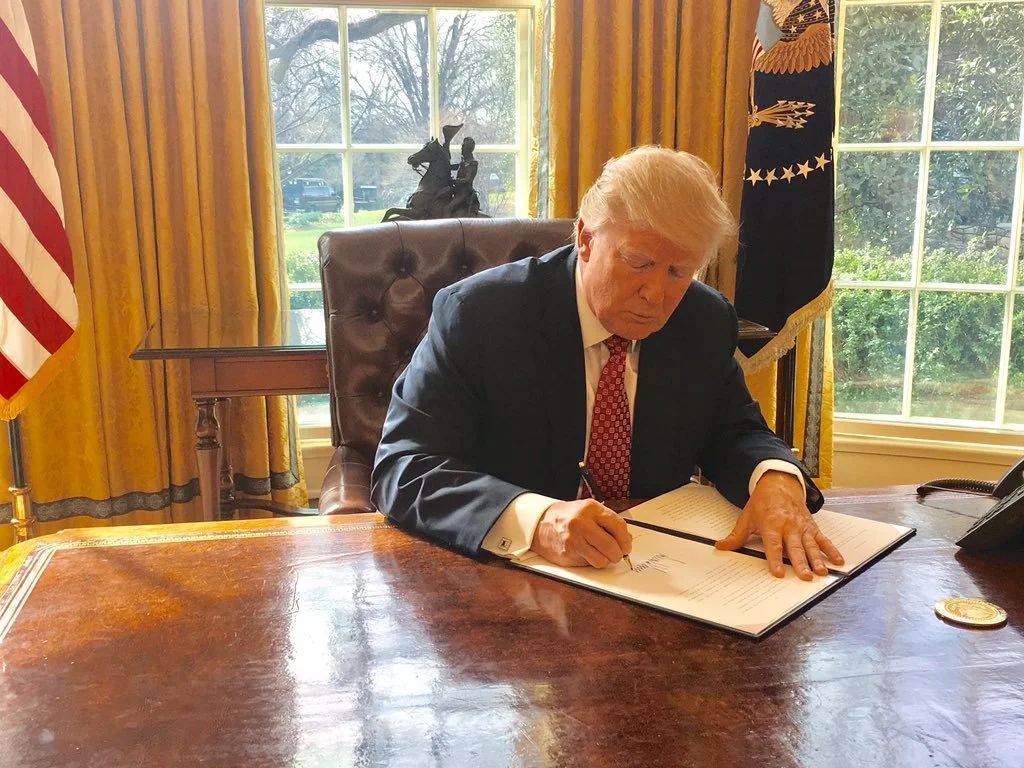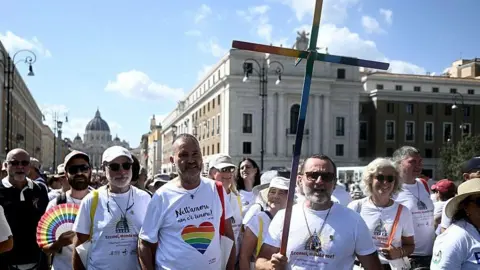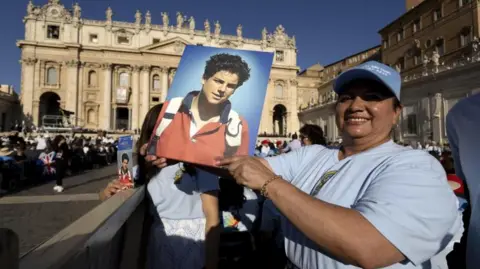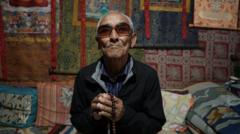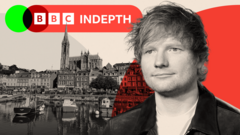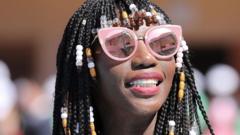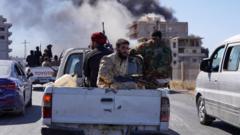In St. Peter's Square, an atmosphere of anticipation envelopes the masses awaiting news from the Vatican. The black smoke billowing from the chimney of the Sistine Chapel signals that the strict conclave protocol remains in effect, denying the faithful the identity of a new pope.
For over 24 hours, 133 cardinals have been sequestered in the chapel, deliberating among themselves on their next leader who will guide approximately 1.4 billion Catholics worldwide. This conclave, taking place after the passing of Pope Francis, is charged with pivotal questions about the future trajectory of the Church itself.
As the seconds pass, the challenges appear daunting. Many cardinals are embroiled in disagreements regarding the continuation of Francis’ more liberal approaches, particularly around inclusion and modernization within Church practices. The stark divisions between conservative and progressive cardinals add complexity to an already arduous decision-making process.
Among the potential stakes are debates over the ordination of women, the acceptance of married priests, and similar issues that have increasingly polarized Vatican politics. Observers are acutely aware that the tone set by the next pope will either reinforce or challenge the legacy of his predecessor.
Within the square, there’s palpable excitement as crowds are illuminated by midday sun. Many are waving flags from various countries in representation of a global Church. The collective hope lies not only in the name of the new pontiff but also in his vision and the legacy he will build—a reflection expected soon from the balcony above.
As famed rituals unfold, expectant onlookers prepare for a momentous connection with the Church’s future, hoping to witness the white smoke—an emblem of hope and change signaling the collective desires of a passionate congregation yearning for transformative leadership in the face of uncertainty.
For over 24 hours, 133 cardinals have been sequestered in the chapel, deliberating among themselves on their next leader who will guide approximately 1.4 billion Catholics worldwide. This conclave, taking place after the passing of Pope Francis, is charged with pivotal questions about the future trajectory of the Church itself.
As the seconds pass, the challenges appear daunting. Many cardinals are embroiled in disagreements regarding the continuation of Francis’ more liberal approaches, particularly around inclusion and modernization within Church practices. The stark divisions between conservative and progressive cardinals add complexity to an already arduous decision-making process.
Among the potential stakes are debates over the ordination of women, the acceptance of married priests, and similar issues that have increasingly polarized Vatican politics. Observers are acutely aware that the tone set by the next pope will either reinforce or challenge the legacy of his predecessor.
Within the square, there’s palpable excitement as crowds are illuminated by midday sun. Many are waving flags from various countries in representation of a global Church. The collective hope lies not only in the name of the new pontiff but also in his vision and the legacy he will build—a reflection expected soon from the balcony above.
As famed rituals unfold, expectant onlookers prepare for a momentous connection with the Church’s future, hoping to witness the white smoke—an emblem of hope and change signaling the collective desires of a passionate congregation yearning for transformative leadership in the face of uncertainty.







